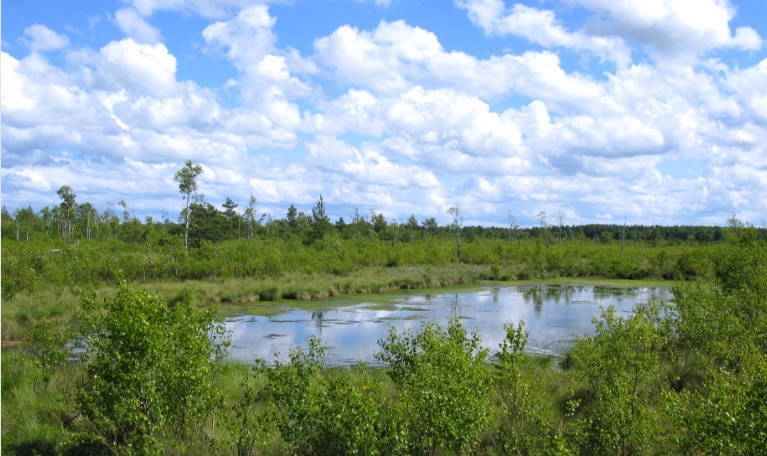# Understanding Diastrophism: Effects on Our Planet
Diastrophism refers to the processes that shape the Earth’s crust. This geological phenomenon has profound effects on landforms, ecosystems, and human activities. Let’s explore its implications.
## What is Diastrophism?
Diastrophism involves tectonic movements. These movements include folding, faulting, and warping of the Earth’s surface. They occur over long periods and result in significant geological features.
## Impact on Landforms
### Creation of Mountains
Diastrophism can lead to the formation of mountains. Tectonic plates collide, causing the crust to buckle. This process creates majestic peaks.
### Formation of Valleys
Conversely, when plates pull apart, they can create valleys. This rifting process carves out low-lying areas. It shapes the landscape we see today.
## Effects on Ecosystems
### Habitat Changes
As landforms shift, ecosystems may change dramatically. New habitats arise, while others can disappear. Species must adapt or migrate to survive.
### Soil Formation
Diastrophism influences soil characteristics. Uplifted land can create diverse soil types. This variety affects agriculture and natural vegetation.
## Human Implications
### Urban Development
Cities often expand over regions affected by diastrophism. Construction must consider geological stability. Earthquakes and landslides pose risks to urban areas.
### Resource Distribution
Diastrophism can concentrate natural resources. Minerals, oil, and gas often lie within tectonic boundaries. This distribution impacts economic opportunities.
## Conclusion
Diastrophism plays a crucial role in shaping our world. Its effects reach from the mountains to urban centers. Understanding these processes helps us appreciate Earth’s dynamic nature.

